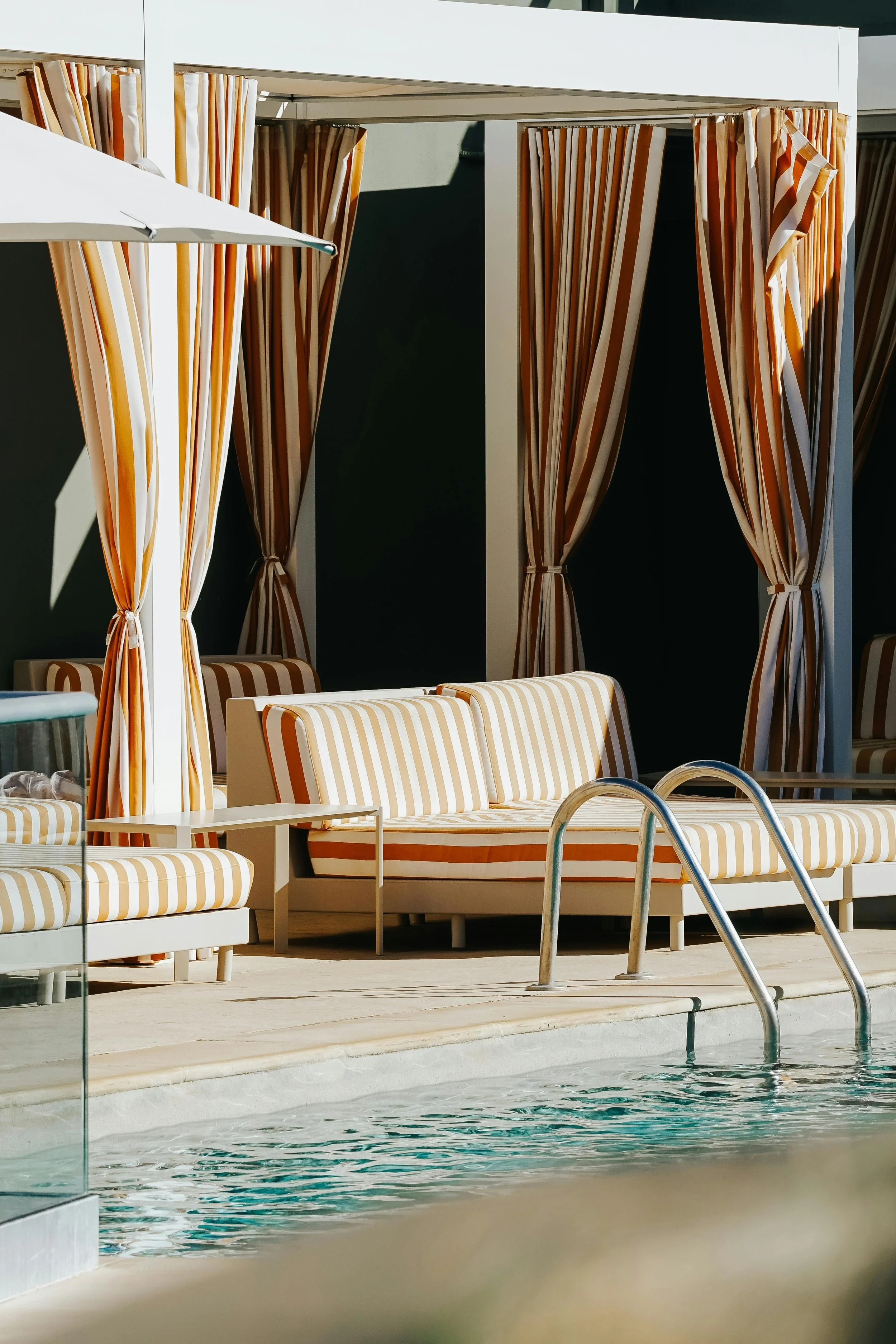Art Curation for Hospitality: Why the Industry Needs a Smarter Approach
Art curation for hospitality is often treated as a final step. In many hotels, art is chosen only to match the furniture or fill an empty wall. But this limited approach misses a valuable opportunity.
Art in hospitality can do much more. It can tell a story, enhance the guest experience, and even grow in value. In today’s experience-driven travel market, hotels must rethink how they use art.
Let’s explore the main problems in the current approach—and how smarter hospitality artwork choices can create real impact.
By Tobias Reinert
1. Art Curation for Hospitality Needs More Than Matching Colors
The problem:
Many hotels choose art based on style or color alone. The goal is often just to match the walls, curtains, or cushions. While this may create a neat look, it misses the real power of art.
Why it matters:
Art isn’t just decoration. It creates emotion and leaves a lasting memory. When done right, it also supports the story behind the space and reflects a hotel’s brand.
For example, a bold painting in a lobby can become a talking point. A local sculpture in a room can remind guests where they are. In this way, thoughtful art makes spaces feel alive—not just decorated.
The solution:
Look deeper when curating art. Choose pieces based on:
The artist’s story and reputation
The art’s market value—both now and in the future
A mix of young and well-known artists
How the art supports the hotel’s concept
In short, thoughtful art curation for hospitality adds value—both emotional and financial.
By Ivan Rivero
2. Art for Hospitality Industry Projects Should Start Early
The problem:
Often, art is saved for the end of a hotel project. It is added after the main design is done. As a result, the art feels disconnected and rushed.
Why it matters:
When art is an afterthought, it rarely fits well. It becomes background noise instead of something meaningful.
The solution:
Plan for art from the start. Include it in the early design phase. This allows space for custom commissions and stronger concepts. By starting early, art in hospitality becomes a key part of the guest experience—not an extra.
For instance, hotels that plan ahead can use art to shape the entire space. A large mural might inspire the room layout. A sculpture might anchor the entire lobby. In short, early art planning means stronger visual impact. For example, an iconic example of thoughtful art curation is the OWO Raffles Hotel in London.
3. Hospitality Artwork Is Not a Sunk Cost—It’s an Investment
The problem:
Many hotel developers see hospitality artwork as a one-time expense. Because of that, they choose mass-produced prints or skip investing in art completely.
The truth:
Art can increase in value. When carefully chosen, it becomes a smart asset. Unlike furniture or wallpaper, art can be moved, resold, or reappraised. It often grows in worth over time.
The solution:
Treat art as a financial and cultural asset. Focus on:
Limited editions or original works
Artists with growing reputations
Pieces tied to local culture or themes
This approach transforms art into a financial and cultural asset—not just visual filler. Thus, companies like Art AV exist to elevate art as an appreciating asset in the hotel portfolios. Eirini Meze and Radhika Soni, behind the venture, have been art advising private & institutional clients since MeSo Ventures’ inception. As a result, they identified a clear gap in the hotel industry for thoughtful and strategic art curation.
4. Art in Hospitality Should Tell Local Stories
The problem:
Many hotels use generic or repeated art. Guests see the same style in every city, making the experience feel impersonal.
Why it matters:
Today’s travelers want authenticity. They want to feel connected to where they are staying. Artwork for hospitality should reflect the local story.
The solution:
Use local artists. Commission works that reflect the region’s culture, history, or nature. This creates a unique identity and supports local talent.
For example, a hotel in Marrakesh could feature Moroccan textiles or calligraphy. A Miami property might show Latin American art. In both cases, guests connect with a sense of place.
This type of storytelling is a key part of strategic art curation for hospitality today.
5. Hospitality Industry Art Solutions Require Strategy
The problem:
Without clear direction, art decisions become random. Hotels end up with visuals that don’t support the space or brand.
The solution:
Start with a plan. Define what the art should say. Build an art direction strategy based on:
Guest expectations
Location and history
Design themes
Budget goals
Therefore, when art is guided by a clear vision, it works harder. It adds mood, meaning, and value. This is the foundation of successful hospitality industry art solutions.
Final Thoughts: Rethinking Art for Hospitality
It’s time to stop thinking of hotel art as an afterthought. Art can shape identity, tell a story, and grow in value.
When curated with intention, art for hospitality improves design, strengthens branding, and creates better guest experiences.
In conclusion, hotels that embrace this approach gain much more than visuals. They offer something memorable.
Key Benefits of Strategic Art Curation for Hospitality
Stronger guest engagement
Better brand identity
Emotional and cultural storytelling
Appreciation in art value
Unique and memorable spaces
Hotels that embrace thoughtful art curation for hospitality won’t just look better—they’ll stand out, grow stronger brands, and offer something guests truly remember.






